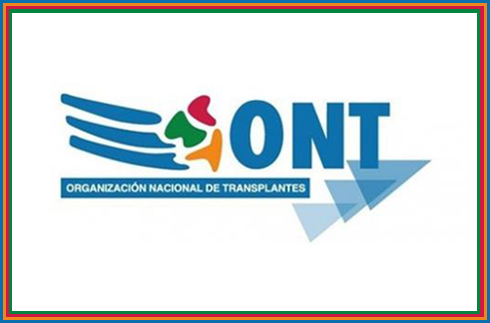While liver exchanges have been done for some time in Hong Kong, possibly the first kidney exchange has recently been reported by China Daily:
Exchanging the hope of life By Li Bingcun | HK EDITION | 2023-06-16
"It was the first time that paired kidney transplants had been carried out in the city. Following a pilot program launched in 2018, if a patient's family member is willing to donate a kidney to the patient but their conditions do not match, the family is allowed to make a cross-donation with another family in the same situation. Previously, organ donations from living donors could be made only by close blood relatives and spouses.
"In addition to kidney transfers, Hong Kong has accomplished several cross-family liver transplants since 2009 with special approvals made by the Human Organ Transplant Board on a case-by-case basis. Facing a severe shortage of organ donations, Hong Kong is drawing on overseas experiences to widen the scope of donations from living donors by trying to overcome restrictions concerning blood type and marriage, seeking greater matching possibilities to achieve more life-saving miracles.
"These attempts involve considerable efforts to update traditional mindsets, address the accompanying ethical and legal issues, and protect the safety and interests of donors and recipients to the fullest extent.
However, because of risks to donors, medical experts suggest that organ donations from living people should never be the first choice, and that the priority should be boosting people's willingness to register as organ donors, allowing organs to be reused after registered people die.
"Globally, such kidney exchange programs have been introduced in South Korea, the United States, the United Kingdom, Australia and Canada, with surgeries performed two decades ago.
"Besides paired donations, the US also allows "nondirected donations", which means a donor can donate his or her kidney to any compatible patient. The largest kidney swaps were completed in 2014, involving 70 participants. Some global exchange programs have also carried out transnational kidney donations.
"With Hong Kong's relatively low organ-donation rate, more than 2,000 local residents are awaiting kidney transplants each year, with an average waiting time of about five years, and the longest 29 years. The number of kidney donations from living family members is less than 20 annually, while the number of cadaveric donations declined from 84 in 2012 to 45 in 2022.
"Although renal-failure patients can receive dialysis to sustain their lives, organ transplantation is still the best option. Moreover, the quality of organs of living donors is considered better than that of cadaveric organs.
"To offer patients another option, Hong Kong had been preparing to introduce the paired kidney donation (PKD) program since 2012, according to Chau Ka-foon, former co-chairperson of the Hospital Authority's Paired Kidney Donation Working Group. After extensive discussions, the city revised the law in 2018 and officially launched the program.
...
"two families that were successfully matched in 2020 canceled their planned surgeries due to personal concerns. Chau explains that the families might have worried that the organ received was of lower quality than the one they donated. It would also be a heavy blow if a family donating a kidney were unable to receive one if an operation were to fail.
...
"Attempts to swap organs among strangers have also encountered complex legal and technical problems.
"In Hong Kong's first-ever cross-family transplant in 2009, the medical team made a lot of efforts explaining to the Human Organ Transplant Board that the operation wasn't a transaction. "We repeatedly emphasized that the two families did not intend to exchange organs. It was simply the medical workers' proposal to raise the success rate of organ transplants," says Lo Chung-mau, chief surgeon of the operation and also director of the liver transplantation center at Queen Mary Hospital at that time.
...
"The 2019 social unrest and the following COVID-19 pandemic presented even greater challenges for Hong Kong's PKD program. In 2021, there were 26 eligible families in the city's organ matching pool.
"The Hospital Authority expects the number of participating families to climb to 50 to 100 in a few years. It will consider expanding the program to liver donations and collaborating with overseas matching pools. Chau hopes that kidney swaps will not be limited to just two families, and that multiple swaps among several families will be allowed to increase the chances of matching.
...
"Wang Haibo, a member of China's National Organ Donation and Transplantation Committee, says the pair-donation program is worth looking into and being discussed. The mainland is also conducting clinical research on paired-kidney donations. Alvin Roth, who won the 2012 Nobel Memorial Prize in Economic Sciences and developed a global kidney-exchange program, visited China before the COVID-19 pandemic to seek collaboration in this area, he recalls.
"Wang says both Hong Kong's and the mainland's organ donation rates still lag far behind those of developed economies. "They have reached a plateau and have made relatively adequate utilization of organ donations from the deceased. We have much room to develop in this regard."
"He says that while officials explore innovative approaches concerning living-organ donations, the priority should still focus on how to boost people's willingness to register as organ donors and better utilize the organs. "These are the so-called 'low hanging fruit'. It would be wise to concentrate our limited resources on the most rewarded option."
**********




